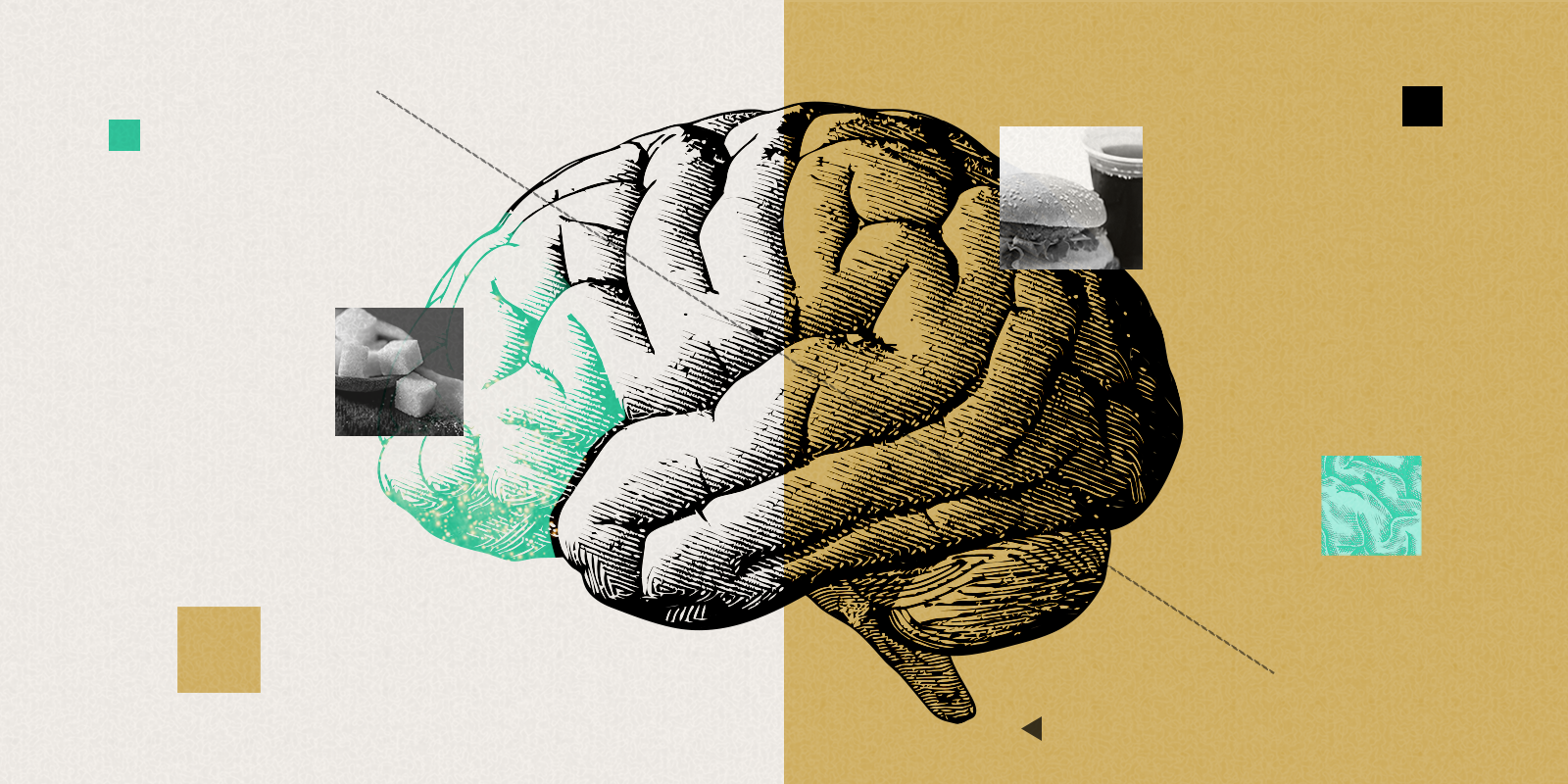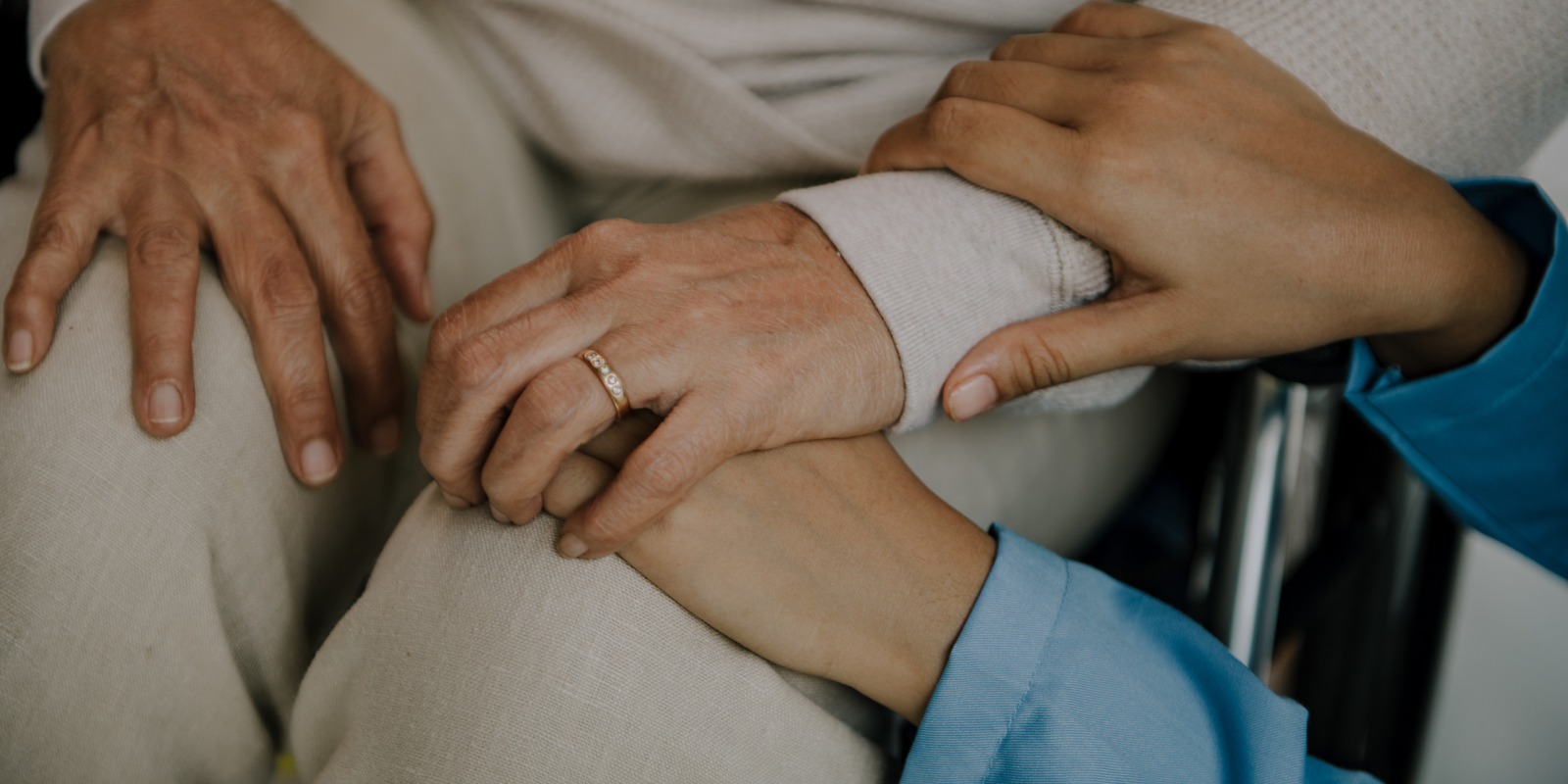#3
Physician Assistant Program in the U.S., according to U.S. News & World Report
#3
Physician Assistant Program in the U.S., according to U.S. News & World Report
$646 million
in research grants awarded in FY2024
5000+
full-time faculty as of FY2024
 8/8/2025
8/8/2025
 8/7/2025
8/7/2025
 8/7/2025
8/7/2025
 8/4/2025
8/4/2025